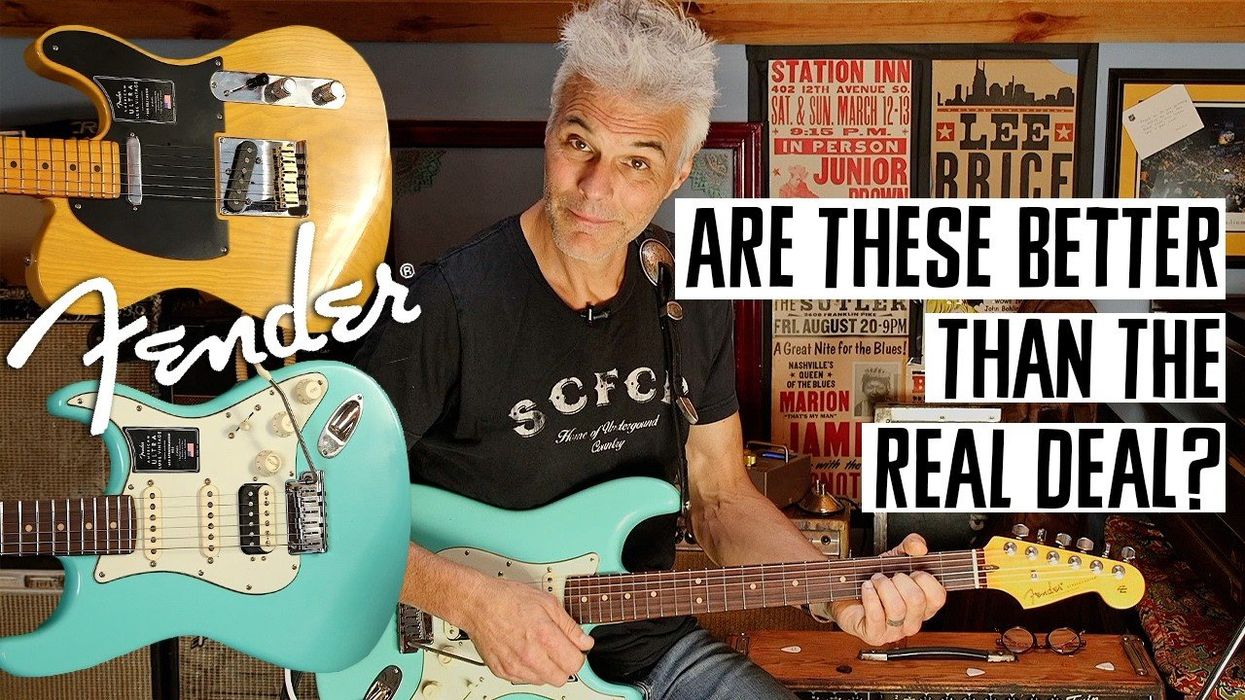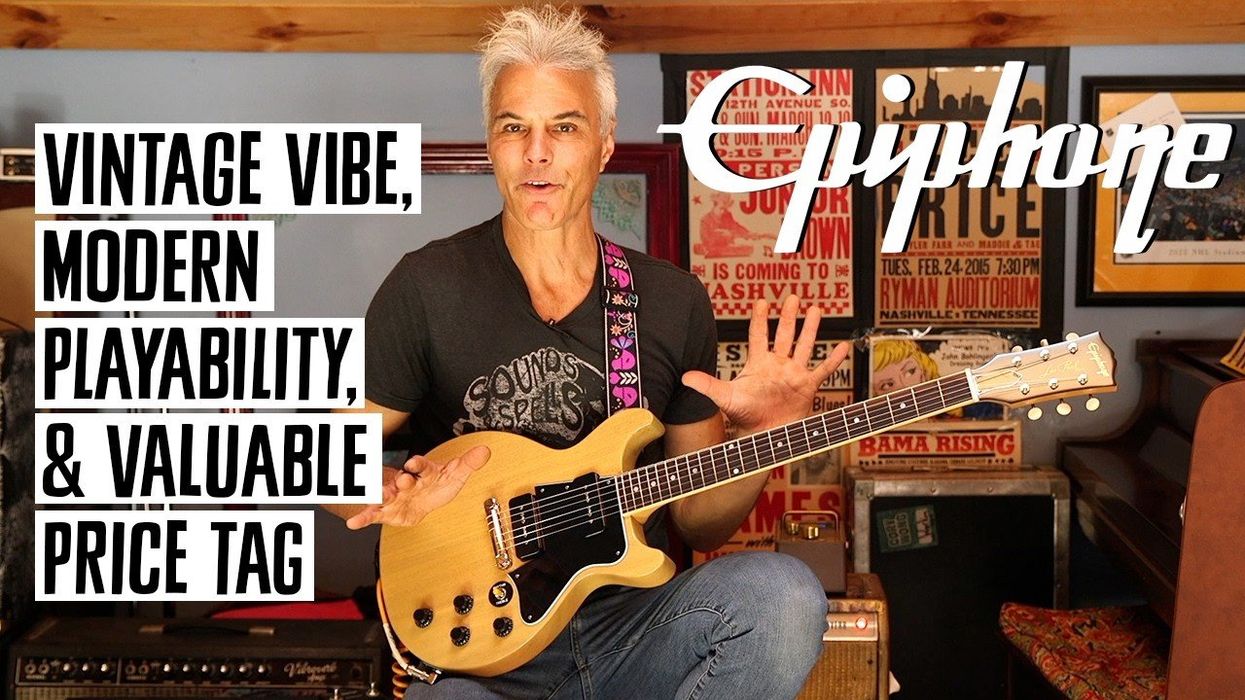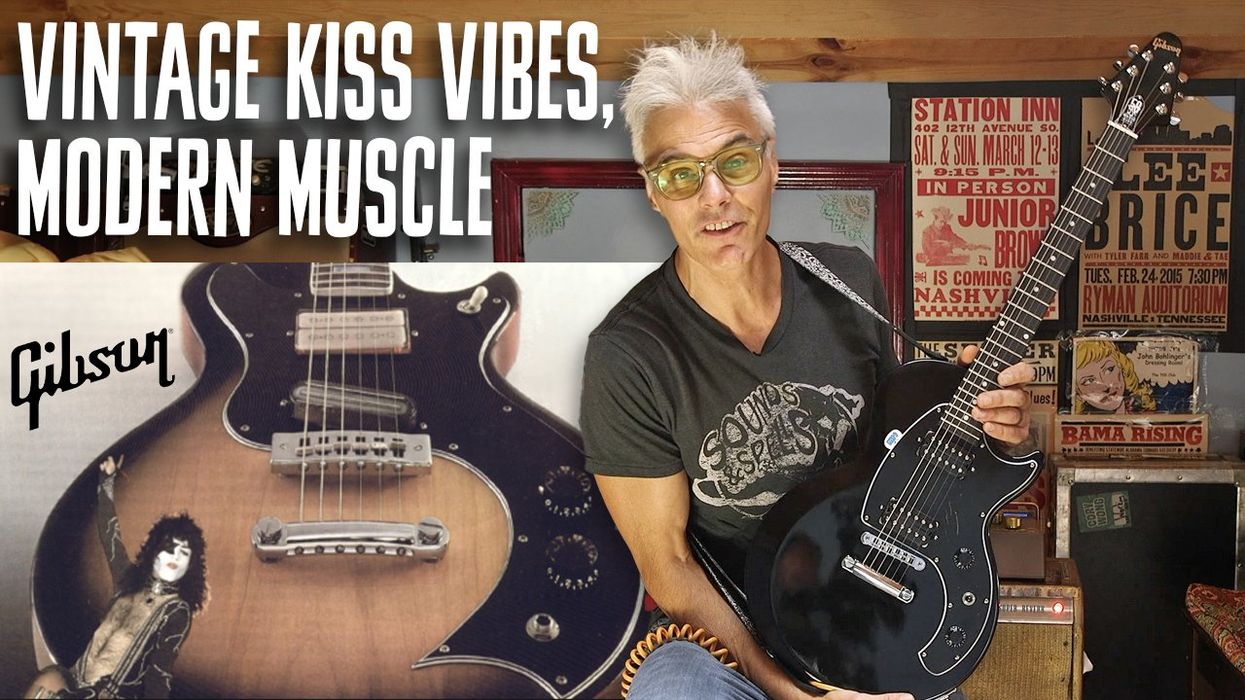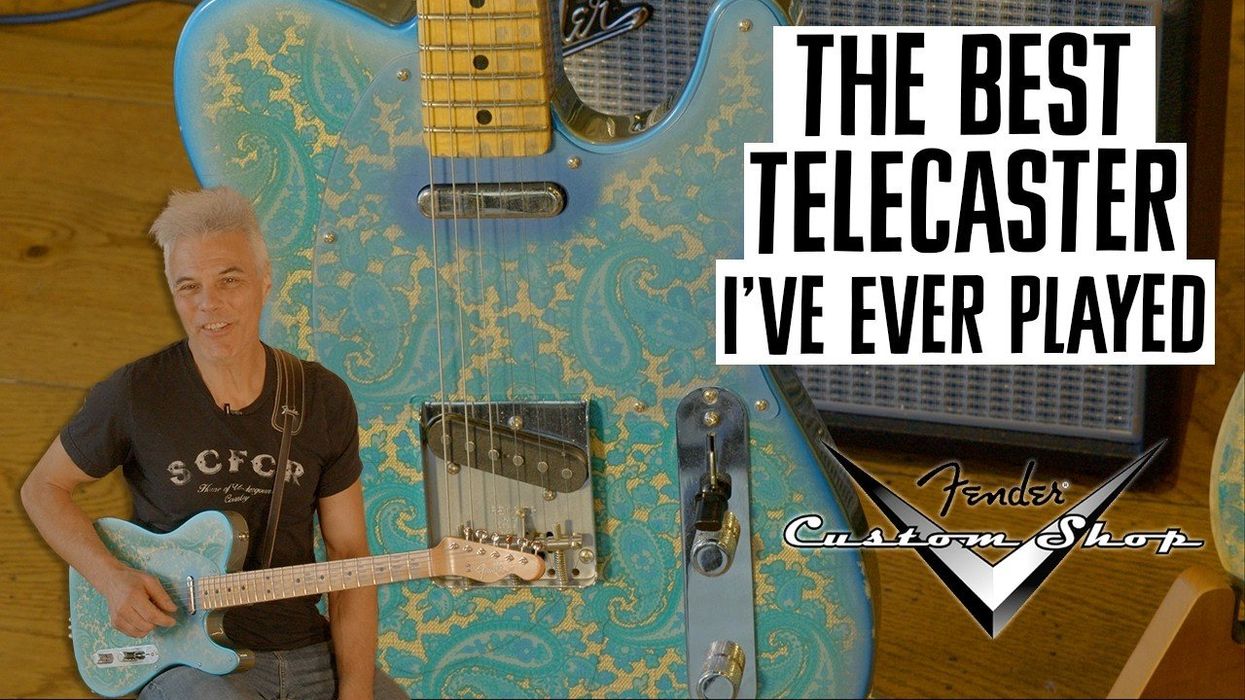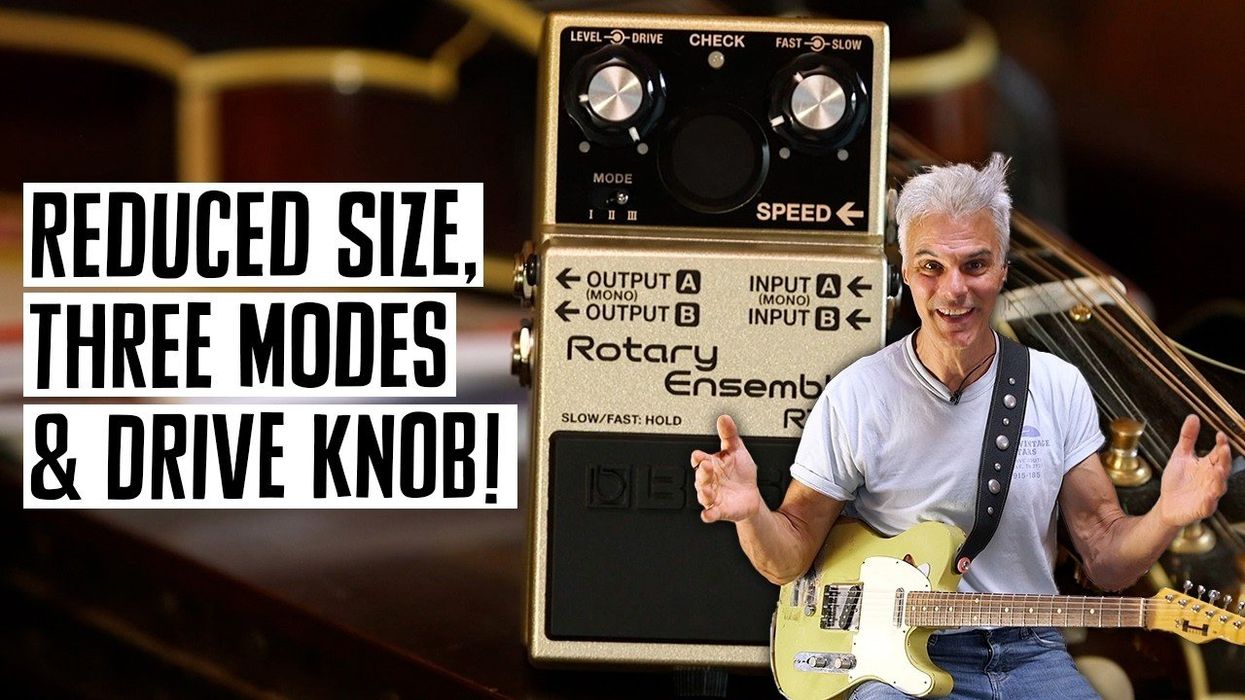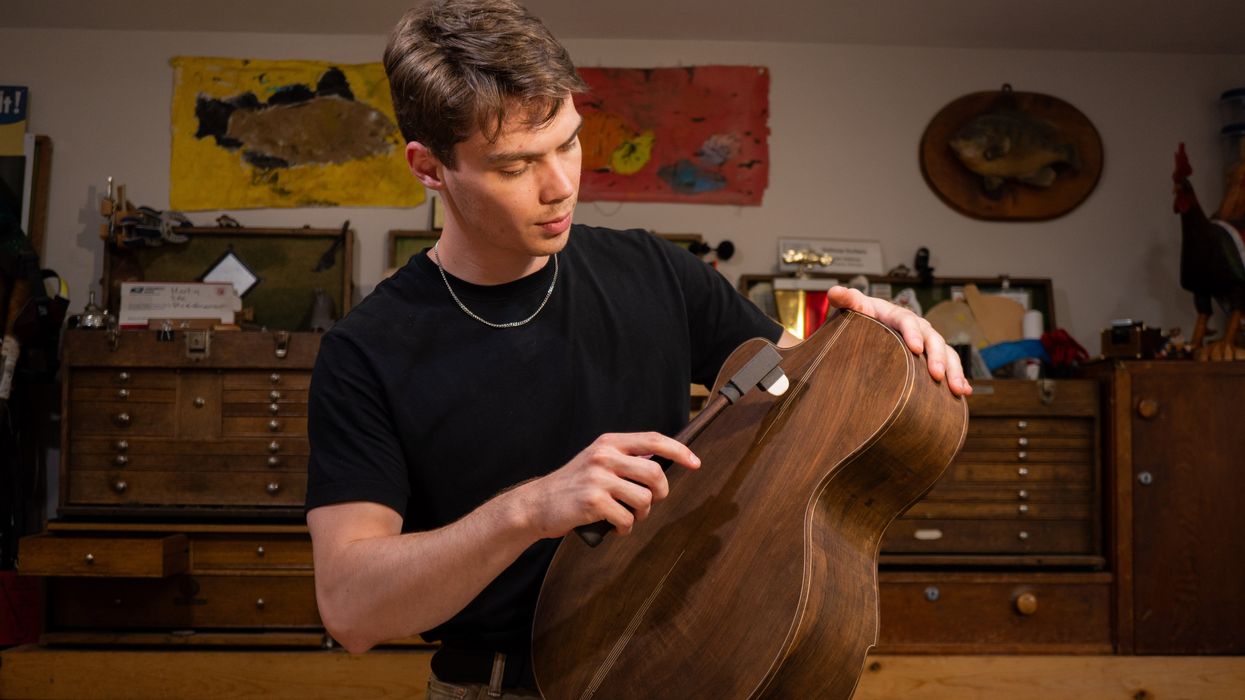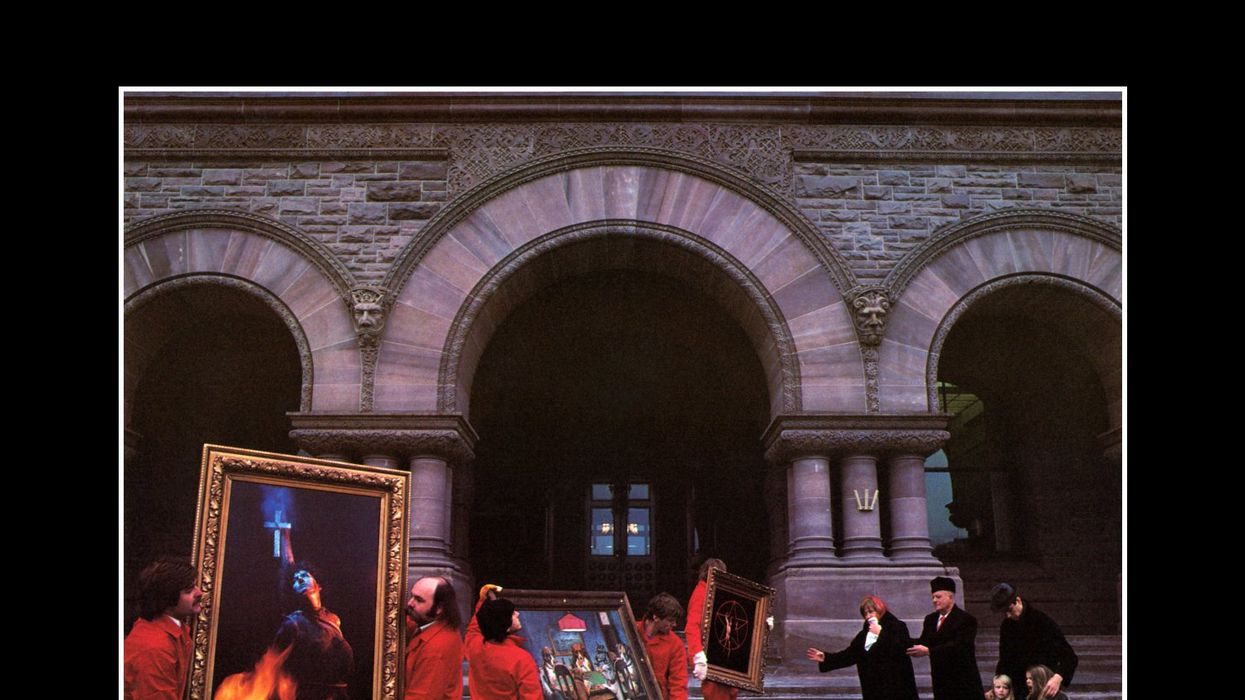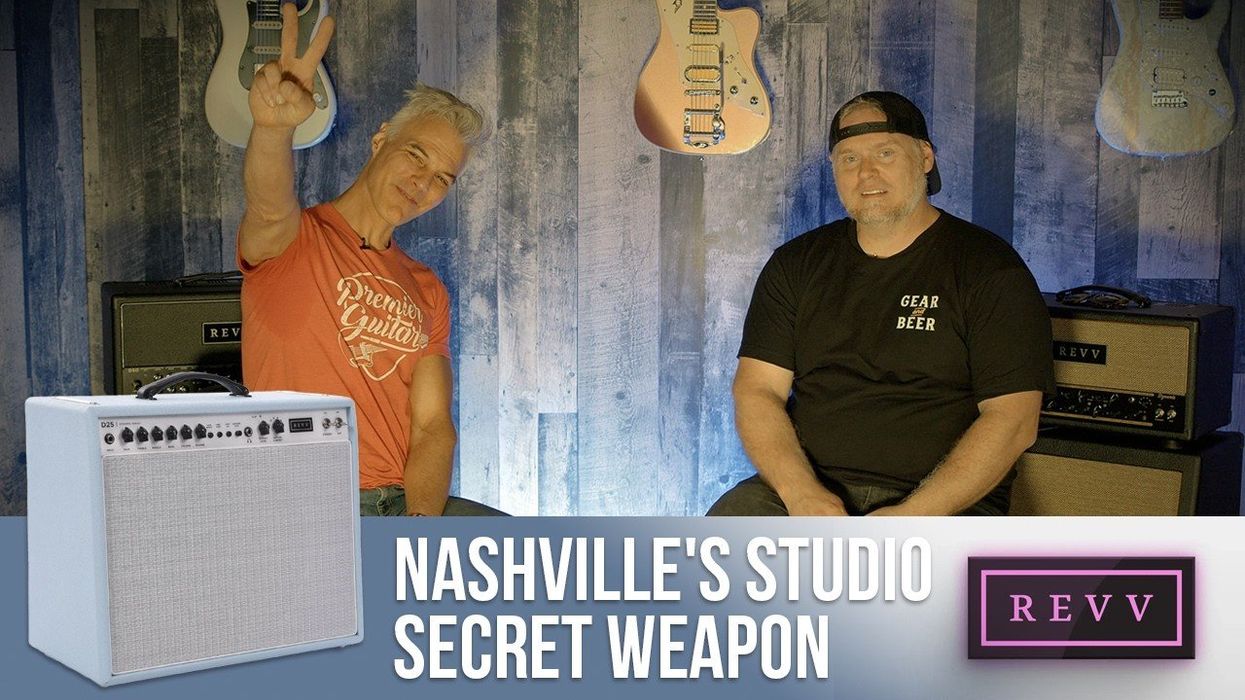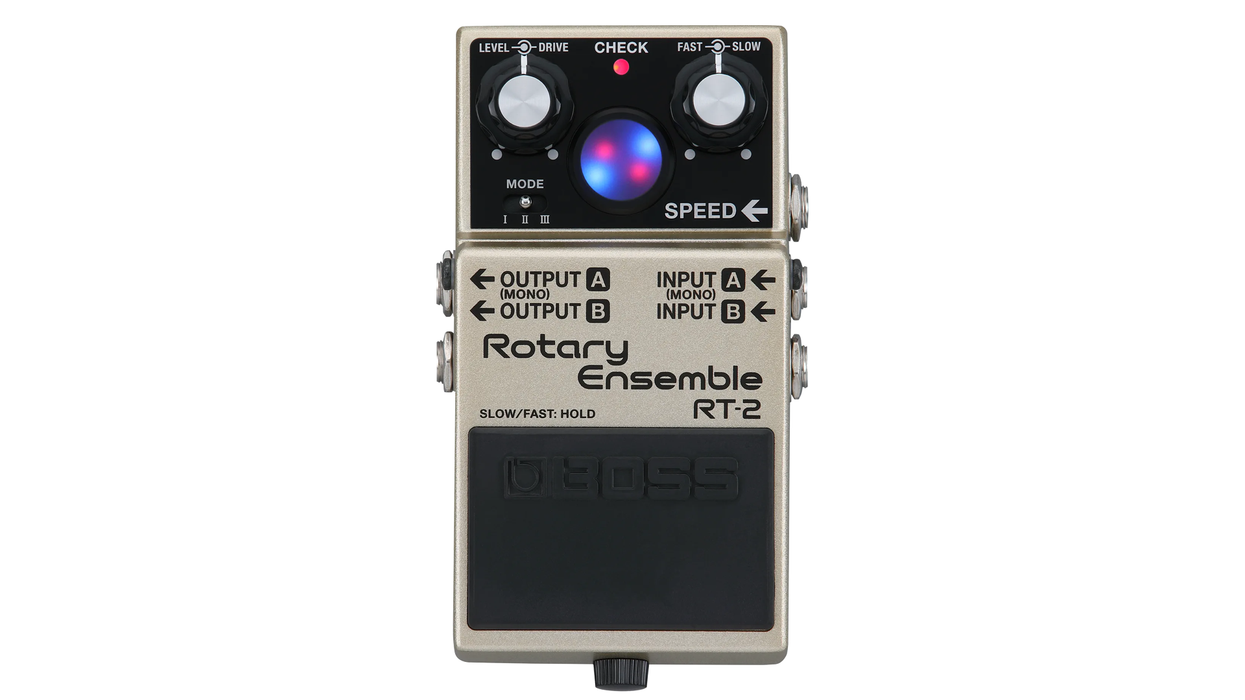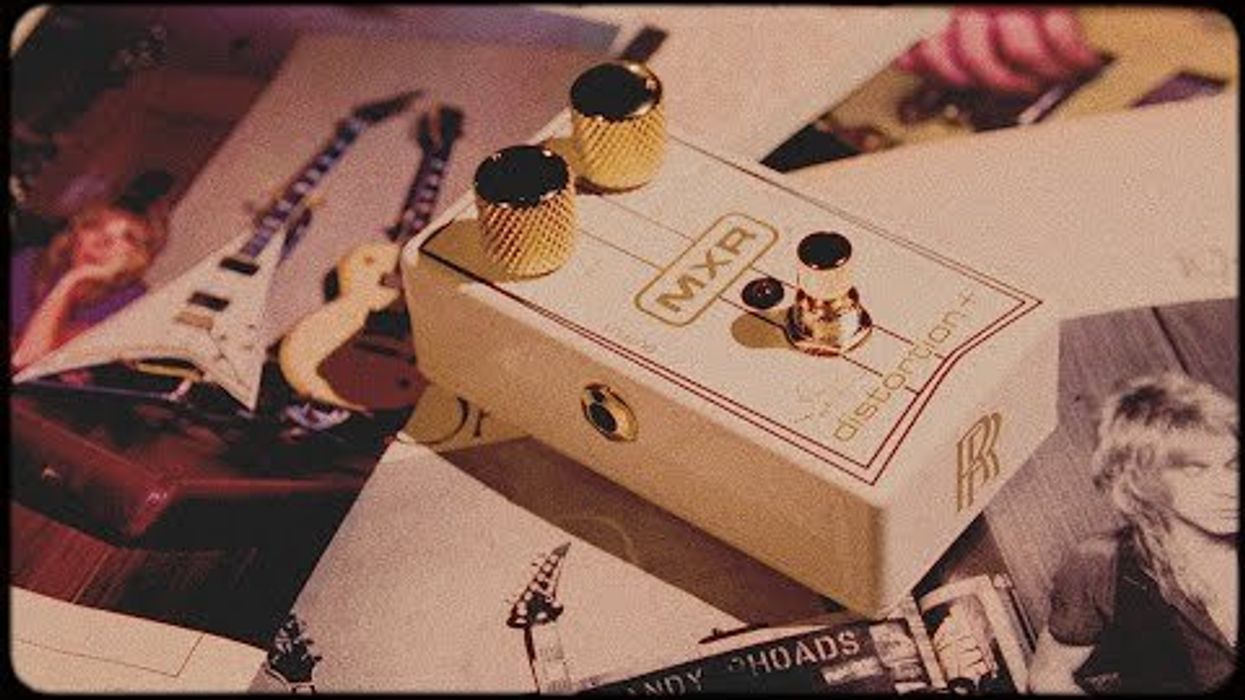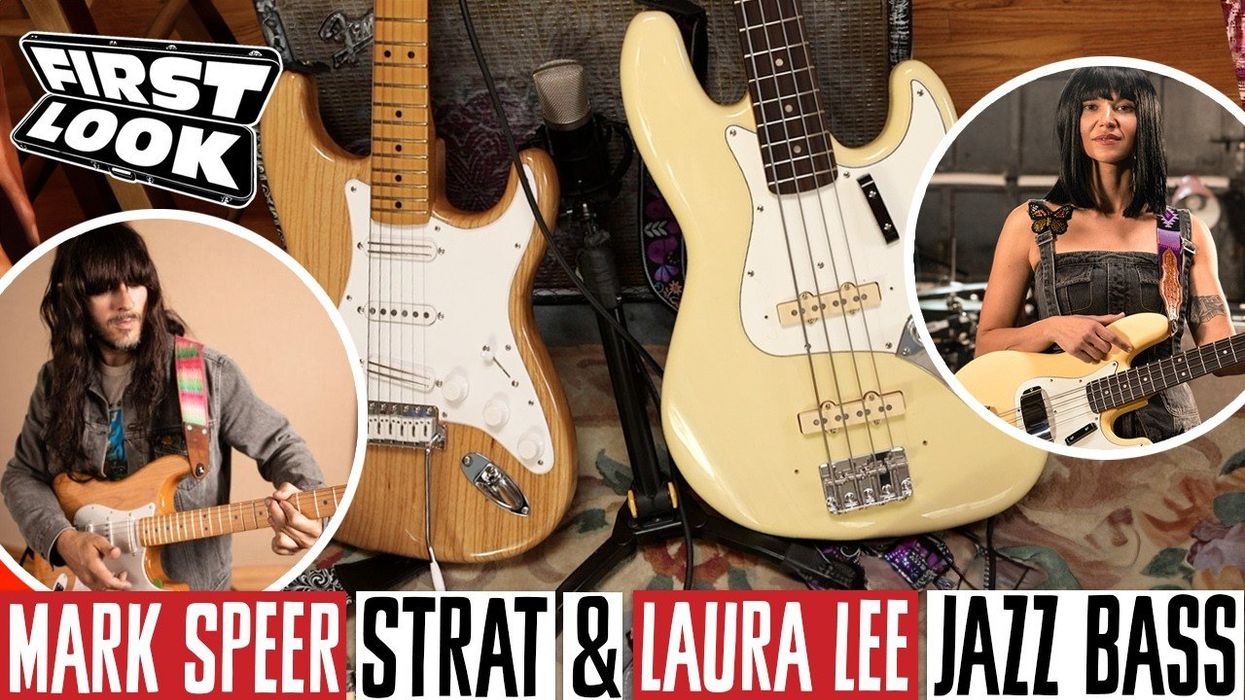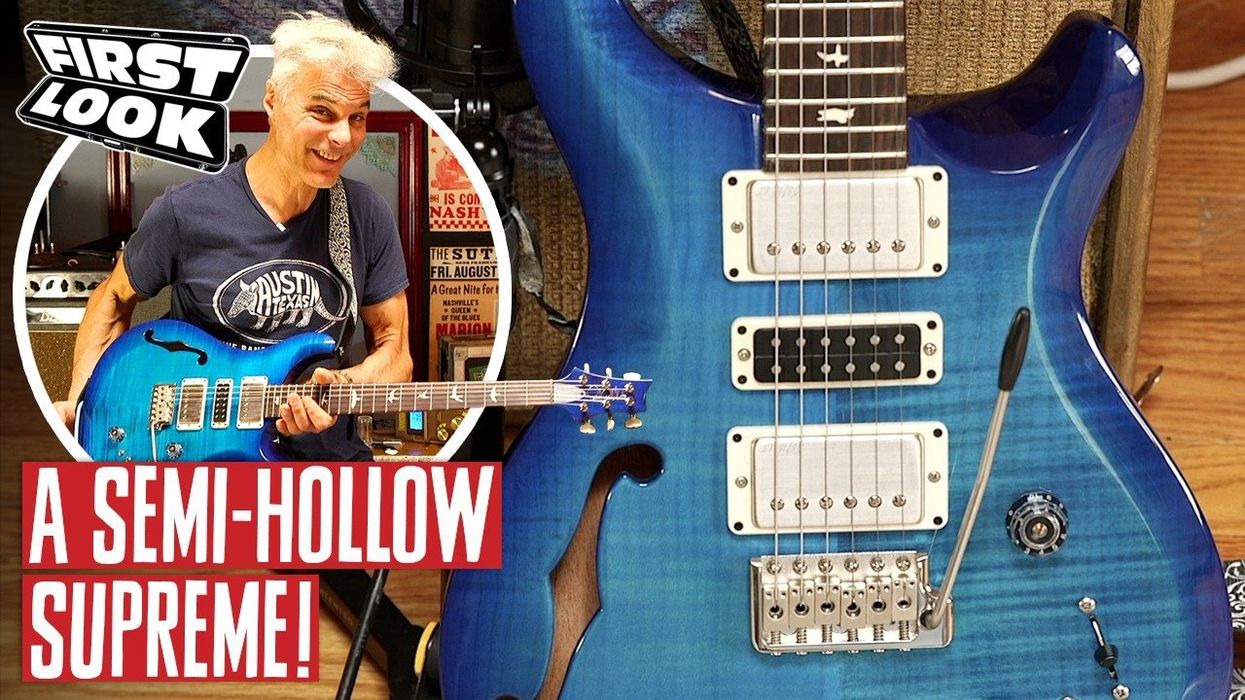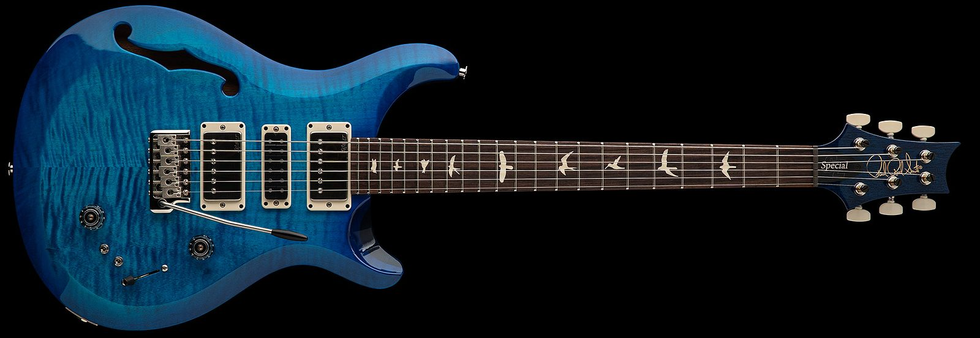The PXO was created as a live or studio tool. When we sent Phil the overdrive sample he found that it saved him in backline situations and provided him a drive that plays well with others.
The PXO is an overdrive/boost where you can select pre or post giving you variety in how you want to boost, EQ and overdrive. We have provided standard controls on the overdrive side such as Volume/Gain/Overdrive and EQ but on the boost side you have a separate Tilt EQ that allows you to EQ with simplicity. You can experiment by cascading in a pre or post situation and experiment from there. The PXO has a lush, thick feel to the bottom end and a smooth top end that begs you to dig into the note.
J. Rockett Audio Designs PXO Phil X Signature Overdrive Pedal
Phil X Signature Overdrive
J. Rockett Audio Designs
$297.49



